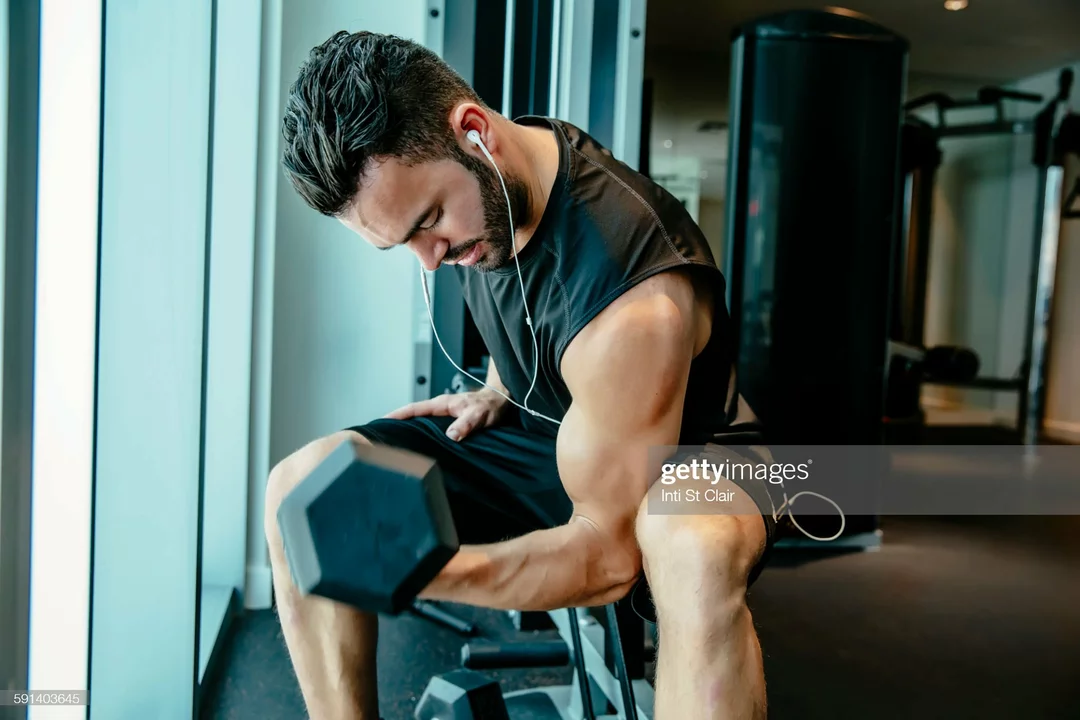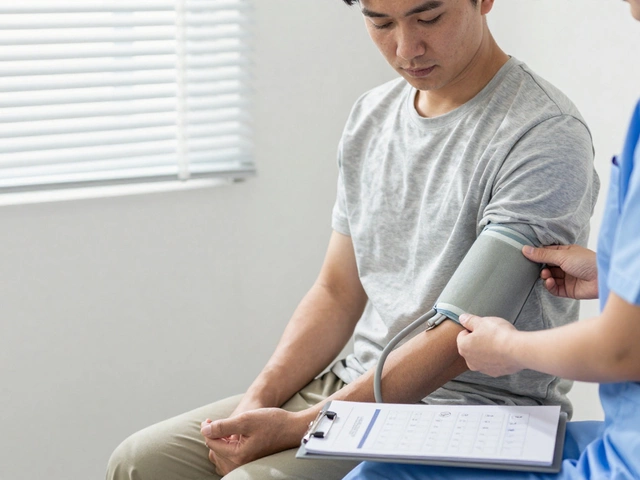Health and Fitness
When we talk about Health and Fitness, the state of being physically active, eating balanced meals, and feeling strong both in body and mind. Also known as wellness, it plays a vital role in school life, from classroom focus to sports field success.
One of the biggest misconceptions is that more is always better. A recent article on why some people suffer a heart attack, a sudden loss of blood flow to the heart caused by blocked arteries after a gym session showed that over‑exertion, especially for those who are out of shape, can be dangerous. The key takeaway? Health and Fitness isn’t about pushing until you collapse; it’s about listening to your body, pacing yourself, and building a routine that matches your current fitness level.
That’s where exercise, any planned physical activity that raises heart rate and works muscles comes in. Regular, moderate‑intensity exercise strengthens the heart, improves circulation, and reduces the chance of a cardiac event. Think of walking, cycling, or a well‑structured school PE session as the foundation. When you add higher‑intensity workouts, do it gradually and always include warm‑ups and cool‑downs.
Safe Workout Practices for Students
Start each session with a 5‑minute warm‑up: light jogging, dynamic stretches, or simple mobility drills. This primes the cardiovascular system and lowers injury risk. During the main activity, keep an eye on breathing—if you’re gasping for air or feeling dizzy, it’s a sign to pause. Cool‑downs, like slow walking and static stretching, help the heart return to its resting rate safely.
Nutrition also ties directly into Health and Fitness. A balanced breakfast with protein, whole grains, and fruit fuels morning drills. Hydration is non‑negotiable; even mild dehydration can spike heart rate and cause cramps. For after‑school sports, a snack that includes carbs and protein aids recovery and supports muscle growth.
Teachers and coaches should create an environment where students feel comfortable reporting how they feel. A simple check‑in before each class—“How’s your energy today?”—can catch early warning signs. For students with known heart conditions, a doctor’s clearance and a personalized activity plan are essential.
Beyond the gym, everyday movement matters. Encourage walking or cycling to school, taking the stairs, and short active breaks during lessons. These small habits add up, keeping the heart strong and the mind sharp.
In the list below you’ll find stories, tips, and training guides that dive deeper into each of these topics. Whether you’re a student looking to improve stamina, a parent wanting safe workout ideas, or a teacher planning a PE curriculum, the collection offers practical insight you can use right away.






